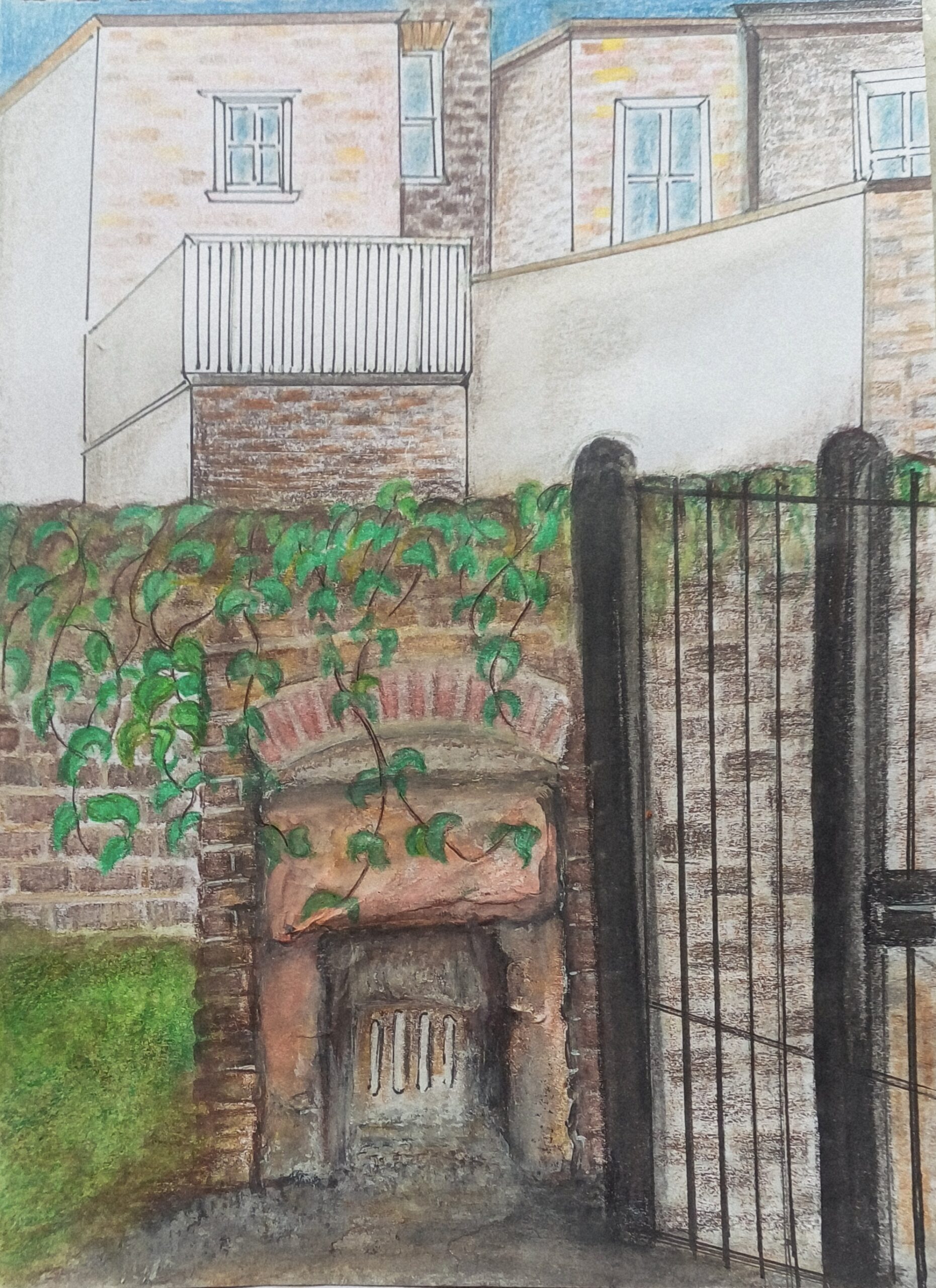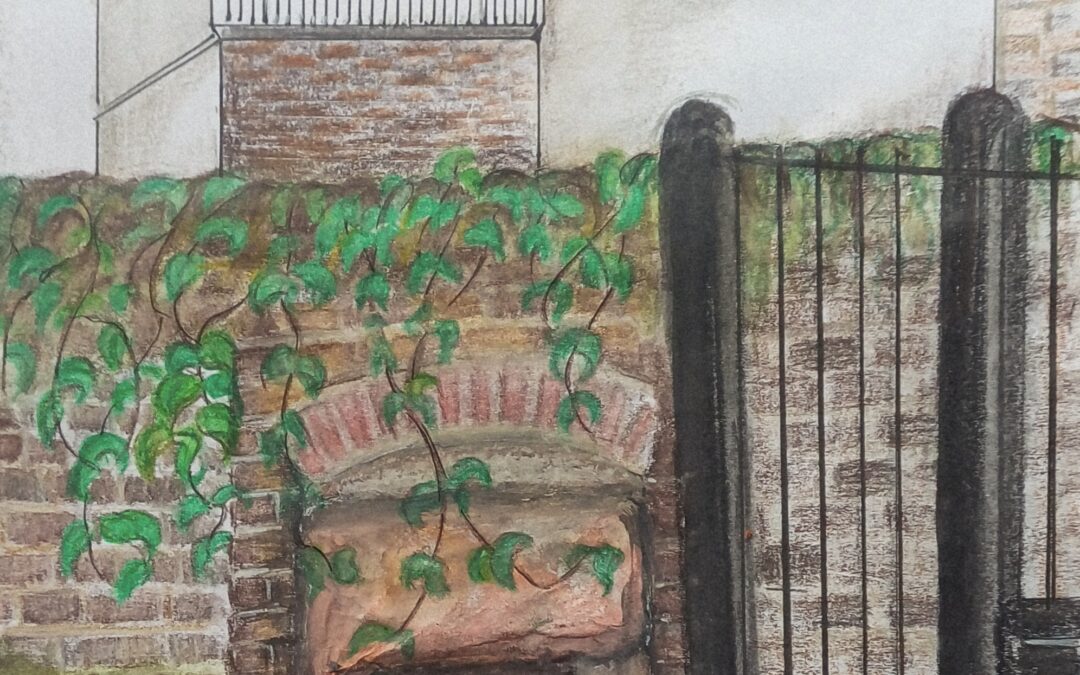
When we do tours for visitors, especially from the USA, we’re often asked if there are any remains of German bombing from the Blitz, when London was subjected to nightly bombing during WW2. It’s one of those terrible events that London will forever be known.
Obviously, with the end of the war being over 85 years ago, there is little left to show except a couple of preserved gardens in bombed-out churches in the City, and random shrapnel scars left on certain buildings as a poignant memory of those dark days.
However, there is one slightly bizarre piece of evidence of the bombing in Victoria that still remains.
In 1944 with the war turning against Nazi Germany, Hitler launched a desperate attempt to bring the British to their knees and win the war. German scientists had developed the first flying bomb, the V1, which they launched against London in June 1944.
Just before dawn on 22 August 1944, a German V1 flying bomb smashed down into residential homes in Vincent Street SW1.
These bombs, powered by a jet engine and nicknamed ‘doodlebugs’ or ‘buzz bombs’ on account of the distinctive sound they made in flight, did give some warning of their approach. The bombs were designed to drop to the ground when their engine’s cut out so Londoners, hearing a change of sound overhead, had seconds to dive for cover. Tragically as the attack on Victoria was at night, the sleeping victims had no chance.
Three houses were instantly demolished in the blast while others were severely damaged. Seven people were killed and nine injured.
After the war, it was decided not to rebuild the houses but incredibly, set in the back of a garden wall, an original fireplace from one of the destroyed homes is still visible.
It leaves a moving and all too close-to-home reminder, of how Londoner’s lives were turned upside down by the horrors of war.
Original artwork by Sarah Hicklenton

